(von Salis Marschlins, 1793)
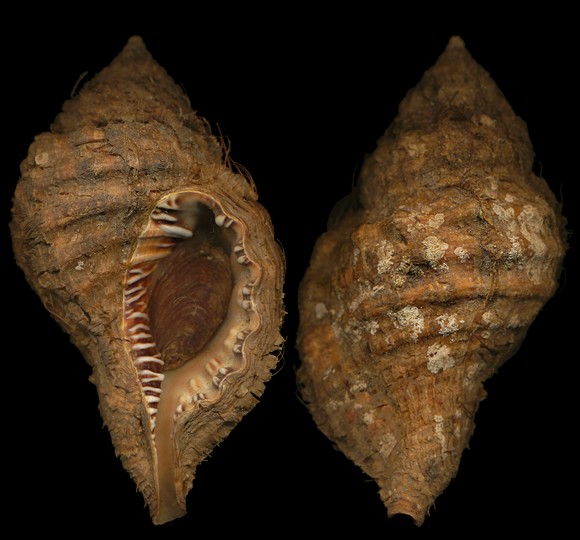
Red Sea and Indian Ocean to Hawaii, Japan to Tasmania, North Carolina to Texas, Bermuda to Brasil, Caribbean, Algarve to Gabon, Azores, Banco Dom João de Castro to Mediterranean. The wide distribution is due to the long planctonic larval stage, which can reach 300 days. Predator on seashells and echinoderms, from the upper intertidal to the lower infralittoral. Considered as a pest in oyster farms of Asia and Australasia.
Original taxon: Murex parthenopeus. Huge synonymy.
Savone, Golfo di Genova, Liguria, NW. Italy. 74mm.
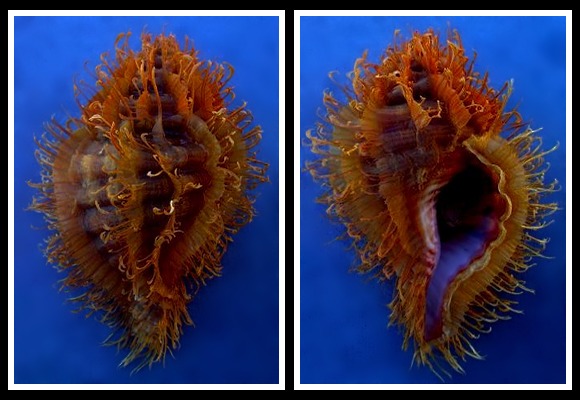
The periostracum of M. parthenopeus can be very variable: on sandy bottoms, the species is often devoid of epidermis, while it can be strongly hairy in hard substrate environments. 30-40m deep, on muddy vertical rocks, Trentova Bay, Agropoli, Salerno, Campania, W. Italy. 95mm.
Original pictures provided by D. Natale (IT).
– (CC BY-NC-SA) –
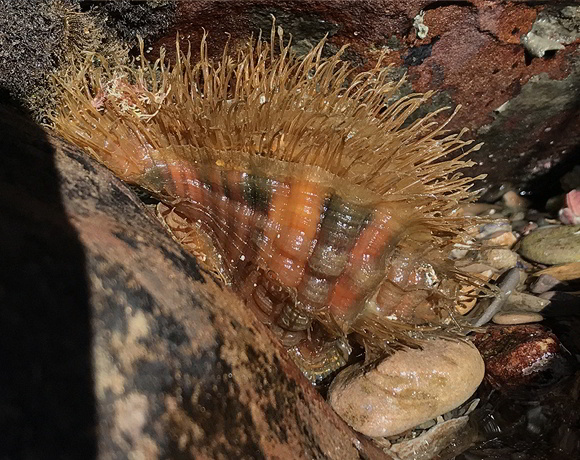
– (CC BY-NC) –
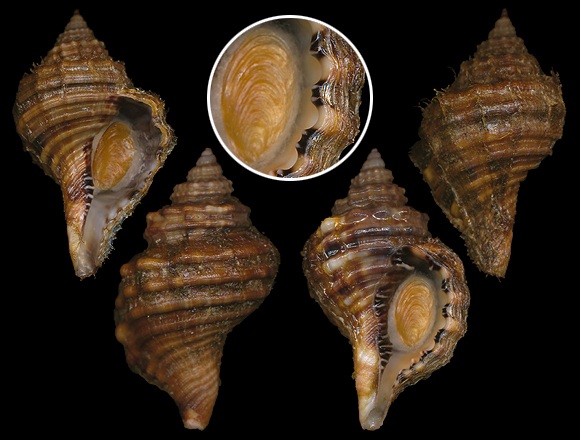
Collection Markus Niiranen (FI).
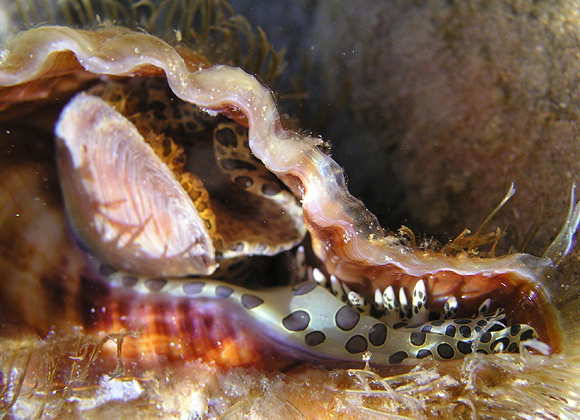
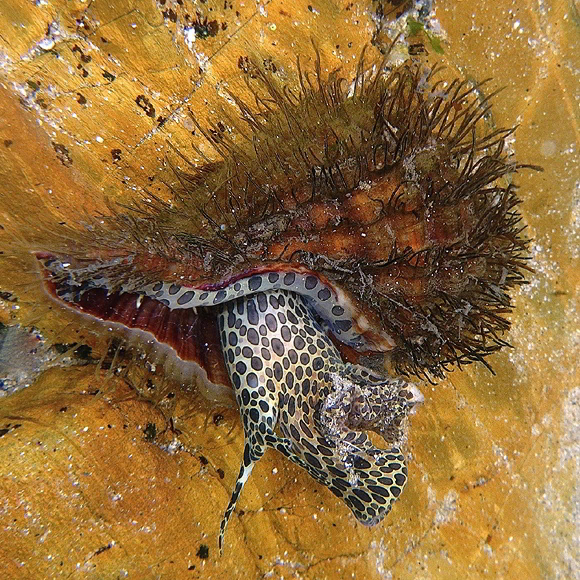
Near the Boat Ramp Jetty, Mallacoota, East Gippsland, Victoria. Original picture provided by johneichler for iNaturalist.
– (CC BY-NC) –
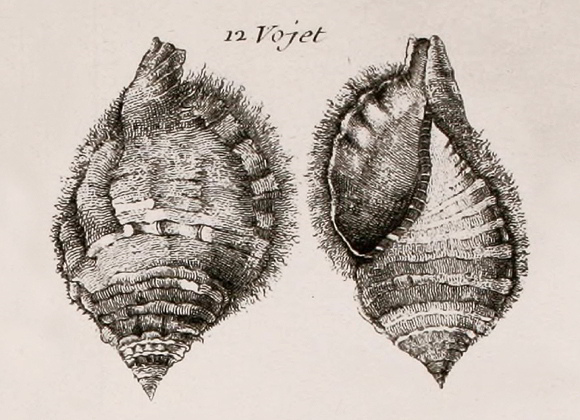
« The colour of the periostracum is ginger. That of the shell it covers is white in some specimens, unmixed or with brown mottlings; in other shells it is fawn with a brown margin round the aperture, and 7 large purple or violet blotches on each varice. […] This species likes to live among the rocks on which the sea breaks violently, and I found many in the cove of La Magdelaine island. »
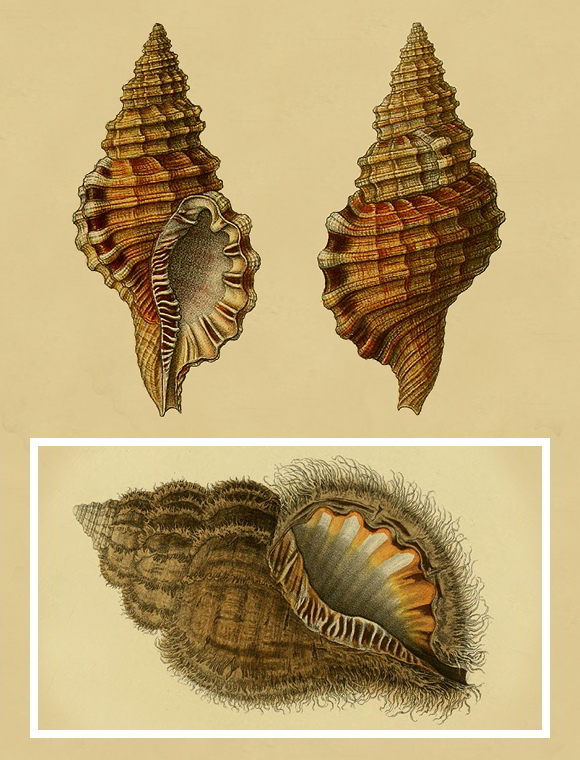
Adanson: « The small shells are proportionally more stocky than the large ones, and less bulbous in the males than in the females. When this shell has completed its development, it loses its periostracum and, as a consequence, its velvet or its hair. It seems that, at this age, the nature allocates the nourishing resources for the sustaining of the animal rather than to the growing or the maintenance of the shell. »
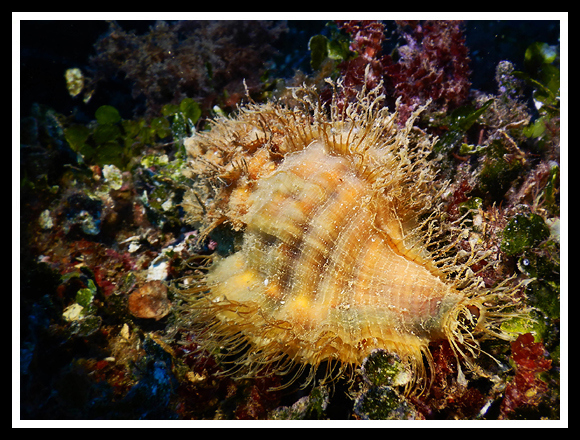
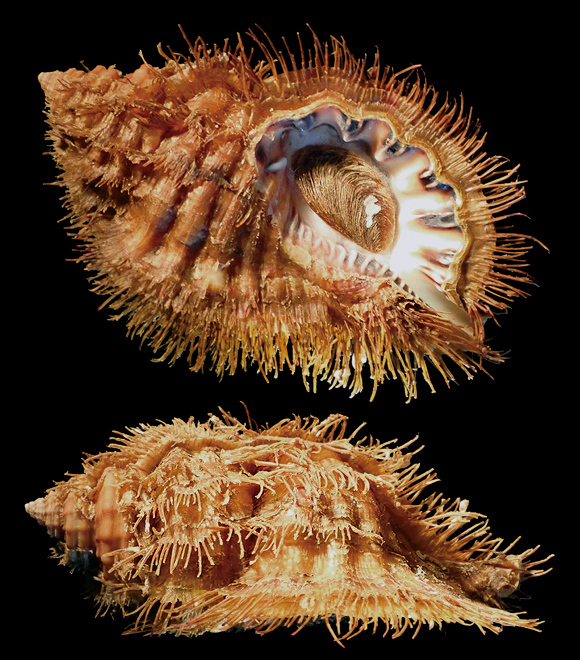
N. Miljan Popović legit (HR).
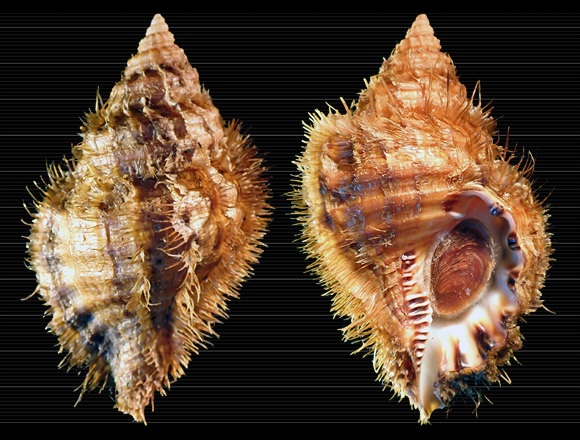
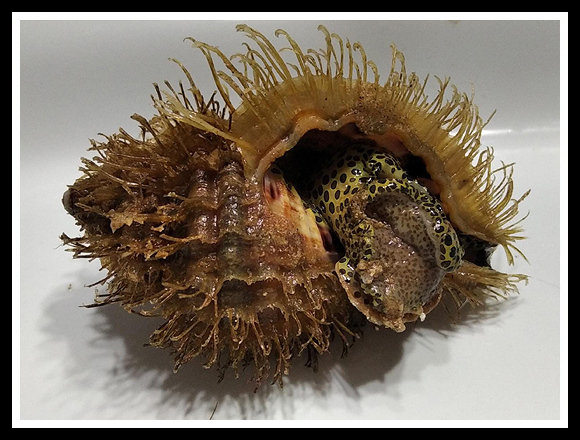
– (CC BY-NC-SA) –